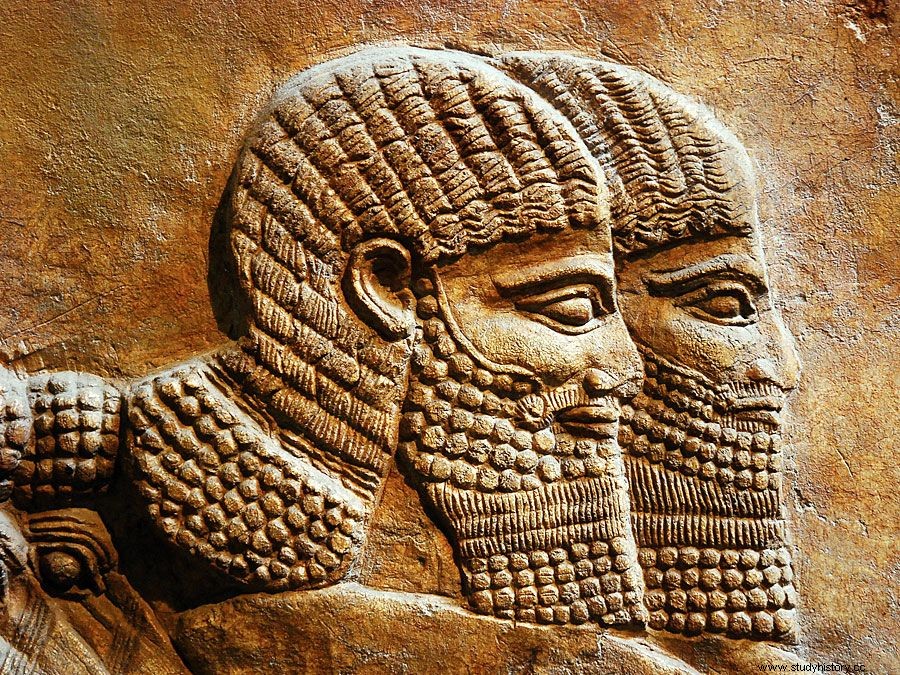Göbekli Tepe , neolithic Site near Şanlıurfa to the southeast of Turkey . The site believed to be a sanctuary of ritual importance is carved through layers of Megaliths marked and is dated to the 9th to 10th millennium B.C. Christ treasured .
 Britannica Quiz The Middle East:Fact or Fiction? Is the literacy rate in Afghanistan very high? Does Yemen take its name from the Arabic word "northern"? Sort the facts in this quiz about Syria, Iraq and other Middle Eastern countries.
Britannica Quiz The Middle East:Fact or Fiction? Is the literacy rate in Afghanistan very high? Does Yemen take its name from the Arabic word "northern"? Sort the facts in this quiz about Syria, Iraq and other Middle Eastern countries. In Göbekli Tepe (Turkish:"belly hill") near the Syrian border are some T-shaped Limestone megaliths, some of which have a height of 5 meters exceed and weighing up to 50 tons, formations arranged in a circle. Several such formations are positioned on top of each other:each completed circle was covered with dirt, and the process started again from the same place. While some of the megaliths are empty, others are decorated with intricate designs of foxes, scorpions, lions, and other images on their broader sides.
Göbekli Tepe, the about 6,000 years before Stonehenge is , was first studied in the 1960s, but as medieval Graveyard dismissed . It was re-researched in the 1990s when its true age was determined by comparing tool remains discovered at the site with those found at nearby sites carbon dated, was estimated, was revealed. The remains of undomesticated plant material and tens of thousands of wild animal bones - mostly gazelle bones - have been uncovered there, but the lack of landfills, herds, or other signs of domestic life indicate that there was most likely not a permanent settlement. Most experts instead identify it as a ritual site that may have attracted worshipers from afar.
As remains on the site indicate that Göbekli Tepe was hunters and gatherers (the presence of such amounts of wild animal bones indicates that they did not yet have domesticated animals or started farming ), the terrain has prompted some to reconsider the relationship between settlement and sociocultural development. Although settlement has long been believed to be a prerequisite for the building of temples and the development of complex social systems, the labor required to construct Göbekli Tepe would have included housing and Needed to supply a large number of builders in one place The coordinated efforts may have required an agreement that was not followed through.
